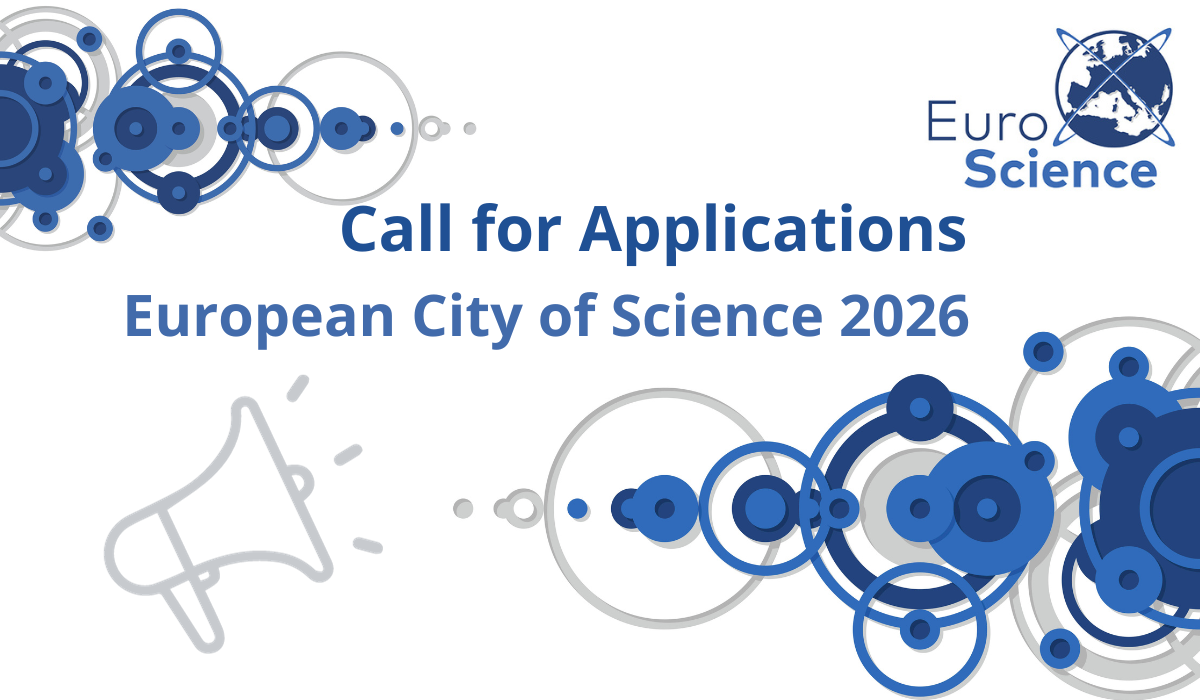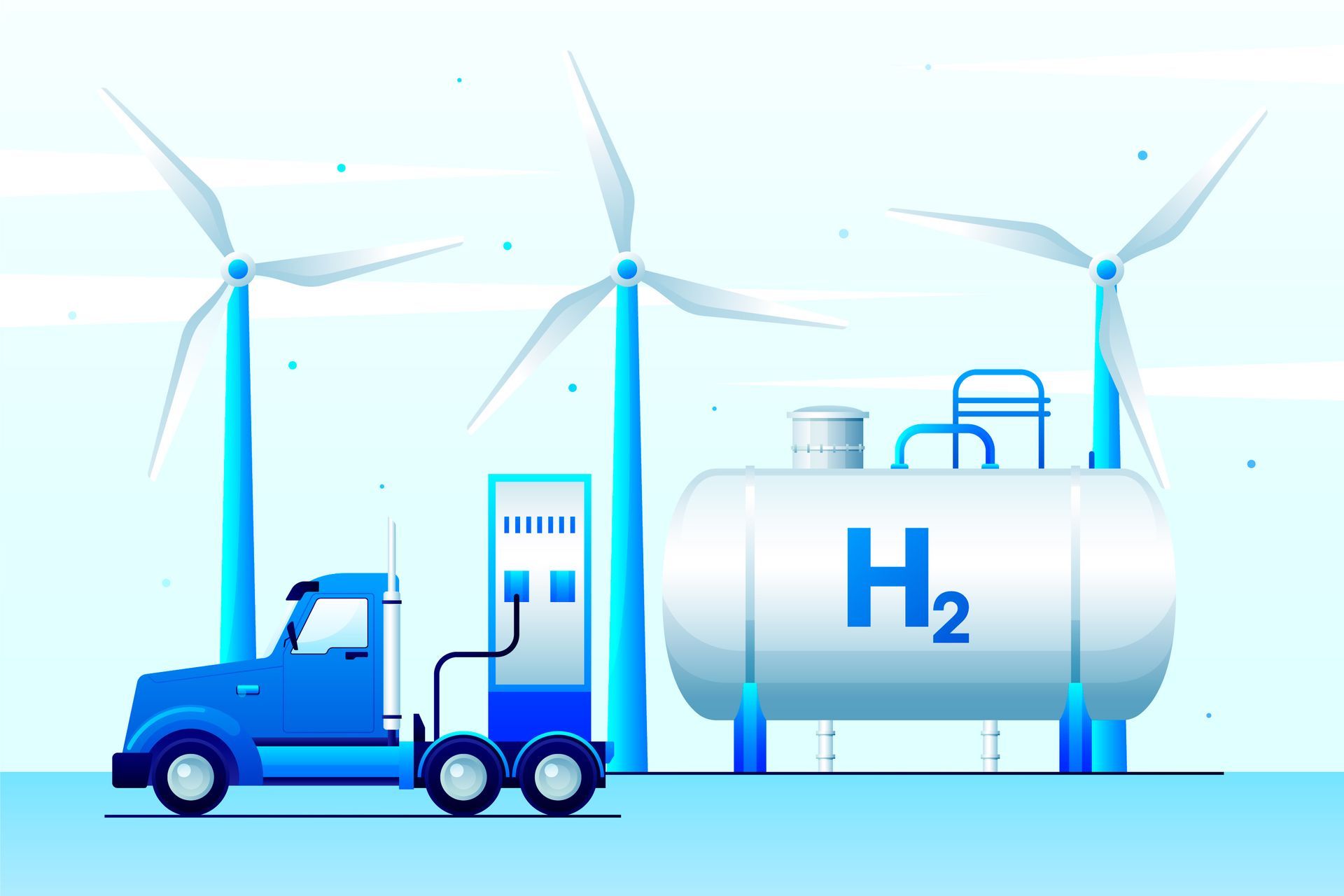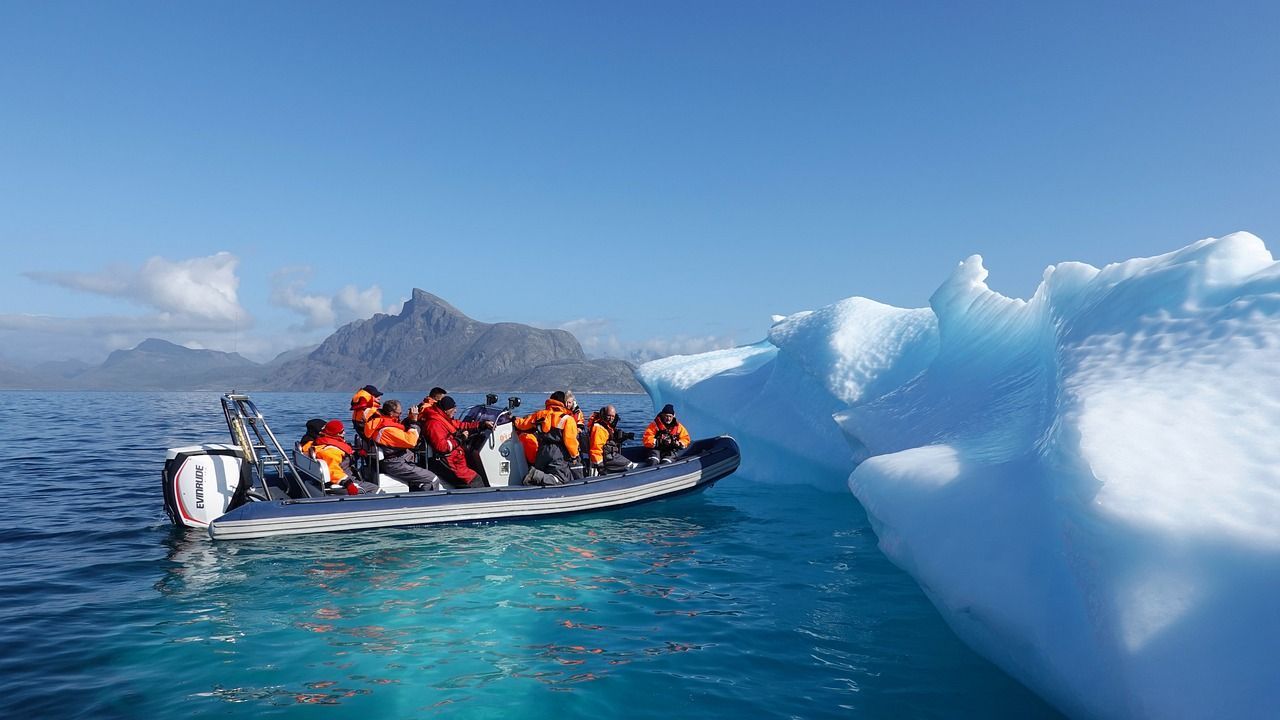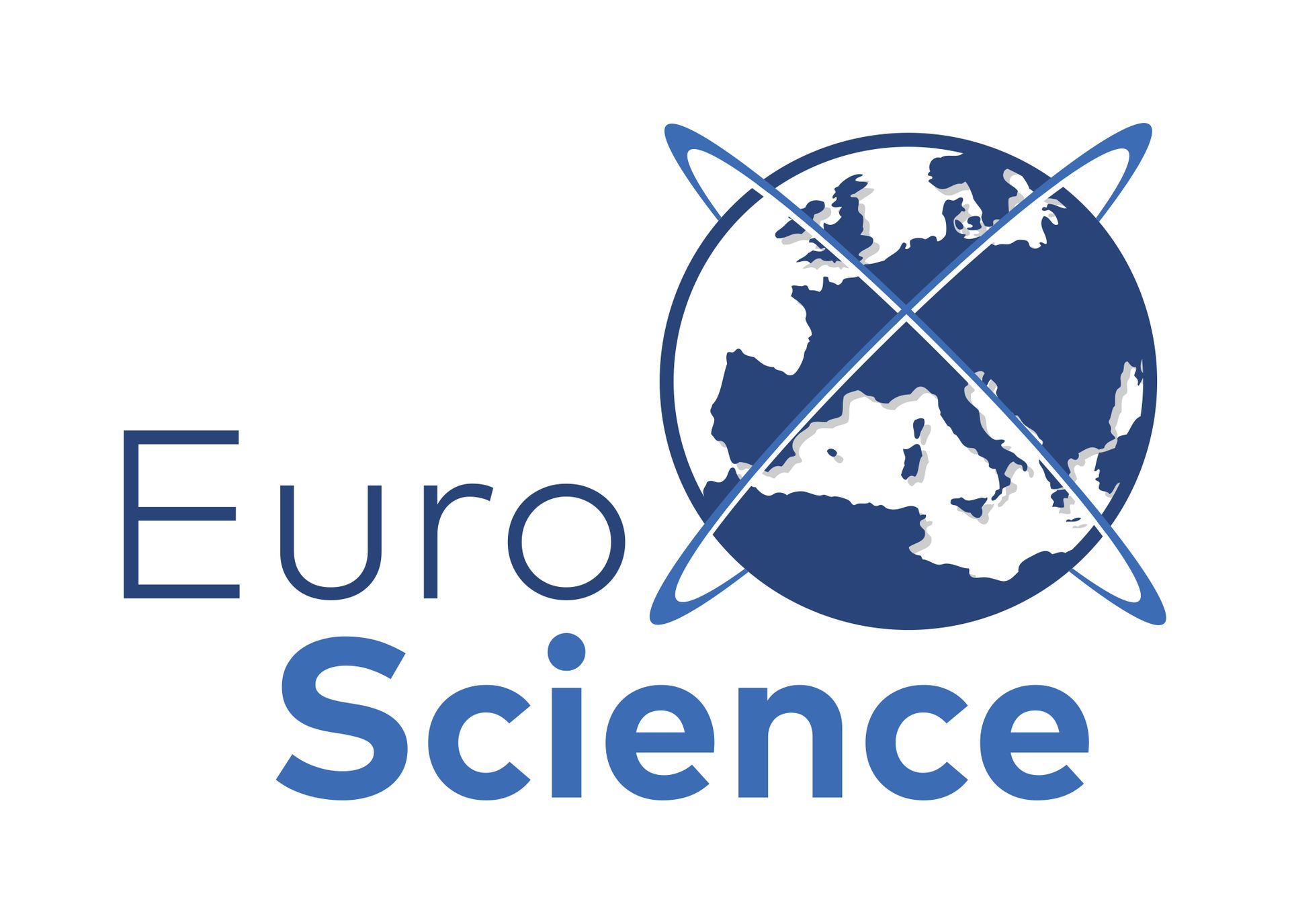Open Call for the European City of Science

EuroScience, the European Association for the Advancement of Science and Technology, is delighted to open the call for applications for candidate cities for the title of European City of Science 2026.
The European City of Science (ECoS) is an annual title awarded by EuroScience with the goal of fostering the inclusion of academic and scientific institutions and activities in the urban life and urban development strategy of a European city.
Each year, a new European city is given the opportunity to showcase its innovative ideas, activities and projects and to raise its profile in the European research landscape. By encouraging the active participation of both citizens and the research community in a dynamic and collaborative programme throughout an entire year, the ECoS title is designed to spark curiosity and strengthen trust in science among all citizens and residents.
The ECoS title celebrates the richness and diversity of the European scientific landscape by identifying the awarded city as a lighthouse and ambassador for its local, regional and national scientific culture and tradition. The title also serves to incentivise investments in research and innovation in the city and region and to increase visibility and attractiveness for gaining and retaining talents.
Applicant cities, together with local scientific and higher-education faculties and research institutions, are invited to present an innovative, multifaceted programme that highlights their specific approach to creating broader and deeper inclusion of scientific activity and knowledge creation within all facets of urban development.
How to apply – Timeline
The call for applications for the title ECoS 2026 is scheduled to open on 6 October 2023, and the selection process will follow the timeline outlined below:
1st Application Round: Submission of a First-Round Application Questionnaire
Applicant cities are invited to complete and submit the First-Round Application Questionnaire, setting out their vision for ECoS 2026. The questionnaire provides a guide for the presentation of the vision of the city for ECoS as well as its motivation to apply. Through its response to the questionnaire, the applicant city outlines a proposal of the key challenges to be tackled during the ECoS year, along with a programme of activities designed to address those challenges by building upon the city’s past experience in similar or related areas and activities. The response should clearly outline the involvement of both scientists and citizens in the process, and should include a proposed governance structure, potential opportunities for financial support and perspectives for the longer-term legacy and impact of the ECoS year. The First-Round Application Questionnaire is available here. Information and exchange on best practice and experience from former ECoS cities will be provided during an ECoS Webinar (see below).
Deadline: The application form and annexes must be completed entirely, in English, and sent to ecos@euroscience.org before 31 December 2023, 23:59 CET. Applications received after this date will not be considered. Applications should be submitted both in PDF and editable formats with the document title “1st Application ECoS 2026 [Applicant city]“. Together with the application, a scan of the legal terms and conditions signed by an authorised representative of the applicant city must be submitted as well.
Fee: All applications require payment of the first-round application fee of 500 €, to be remitted by bank transfer before the first-round application deadline (31 December 2023, 23:59 CET). Details for payment (including the IBAN and BIC for EuroScience) are provided in the First-Round Application Questionnaire (*1)
and proof of payment of the first-round application fee must be provided as a mandatory annex to the first-round application.
Webinar: EuroScience will organise an online webinar for information to applicant cities interested in applying to become ECoS 2026. The webinar will provide an overview of the application process as well as time for questions and exchange. The webinar is scheduled to be held on 15 November 2023 (click here
to register).
Assessment: EuroScience will compose and convene a Selection Committee (as detailed below) to assess all applications for ECoS 2026. The Selection Committee will short-list up to five applicant cities whose initial responses to the First-Round Application Questionnaire best fulfil the aims of the ECoS title. Applicant cities retained in the short-list will then progress to round two of the competition, where they will be invited to submit a longer, more detailed application bid. All short-listed applicants will be notified and receive feedback from the Selection Committee on the strengths of their applications and areas for improvement prior to the second round. Notification will be sent to the short-listed applicant cities on or before 28 February 2024.
2nd Application Round: Submission of a detailed bid
The short-listed applicant cities will be invited to provide additional detail regarding the content of their initial proposal and to respond to the feedback from the Selection Committee regarding strengths and areas for improvement following the first application round. The second-round application should be presented as an application for ECoS 2026, based on the response to the questionnaire of the first-round call. The second-round application must not exceed 20 pages in Calibri font, font size 11.
Deadline: The second-round application form and annexes must be completed entirely, in English, and sent to ecos@euroscience.org before the application deadline of 31 May 2024, 23:59 CET. Applications received after this date will not be considered. Applications should be submitted both in PDF and editable formats with the document title “2nd Application ECoS 2026 [Applicant city]”.
Fee: All applications require payment of the second-round application fee of 1000 €, to be remitted by bank transfer before the second-round application deadline (31 May 2024, 23:59 CET). Details for payment (including the IBAN and BIC for EuroScience) are provided in the First-Round Application Questionnaire (*2) and proof of payment of the second-round application fee must be provided as a mandatory annex to the second-round application.
Hearing by the Selection Committee: A preliminary assessment of the second-round applications will be performed by the Selection Committee prior to a physical Selection Committee meeting scheduled to be held in June 2024. The short-listed applicant institutions will be invited to the physical meeting (date and venue to be announced) to present their application bid and respond to questions from the Selection Committee. Following the physical meeting, the Selection Committee will recommend one city for ECoS 2026 to the Governing Board of EuroScience for final decision.
Announcement of ECoS 2026 and hand-over ceremony: The Governing Board of EuroScience, at a meeting in July 2024, will take the final decision to award the title of ECoS 2026. The decision will take into account the recommendation of the Selection Committee. The ECoS awardee will be informed of the decision and the selection officially announced in a joint press conference. A hand-over ceremony to ECoS 2026 will take place in December 2024 in Katowice, Poland, awardee of the title of ECoS 2024.
Trademark License Agreement: The designated awardee for ECoS 2026 will sign a Trademark License Agreement with EuroScience setting out the terms and conditions of their relationship and cooperation regarding the respective ECoS year. The standard template for the Trademark License Agreement can be found here.
Important Dates
- First-round application deadline: 31 December 2023
- Invitation for second-round application: 28 February 2024
- Second-round application deadline: 31 May 2024
- Hearing by the Selection Committee: June 2024
- Decision and announcement of ECoS 2026: July 2024
Supporting documents
Key Criteria
All applications for ECoS 2026 will be assessed by the Selection Committee, composed of European and international experts representing important stakeholders in European science and urban development. The Selection Committee will be composed and convened by EuroScience. Please note that the names of the members of the Selection Committee will be made public only after the ECoS 2026 awardee has been chosen.
The Selection Committee will assess each application with respect to the following criteria:
Citizen involvement: Citizens and city residents, whether with or without scientific background and experience, should be at the heart of the proposed ECoS programme.
Co-creation, dialogue and mutual learning: The proposed ECoS programme should comprise a substantial number of attractive opportunities for dialogue, exchange and mutual learning involving both the scientific community and all other stakeholders of the urban ecosystem.
Innovation: The programme proposed should incorporate new and innovative concepts to the largest extent possible.
Both local and international: The ECoS is naturally a local event, based in the ECoS awardee city, but the ECoS programme should include specific elements dedicated to a European and international audience (e.g., scientific conferences, exhibitions, twin-city events, etc.).
Year-long: The ECoS title is awarded for a 12-month period from January to December, and the programme calendar should extend over the entire year of the ECoS award.
Sustainability and impact: The ECoS programme should have lasting impact beyond the ECoS year.
FAQ
1.Who can apply?
An application to become ECoS is open to any legally incorporated city, municipality, metropolis or urban community located geographically in a Member State of the Council of Europe. Scientific institutions as well as governmental and non-governmental funding agencies may act as partners in support of an application, but they are not eligible as applicants themselves.
If you are unsure about the eligibility of your city, please contact the EuroScience Secretariat (office@euroscience.org).
2. Is any specific funding associated with the selection as ECoS?
There is no direct funding provided by EuroScience to host the ECoS programme. Nevertheless, the ECoS awardee is free and encouraged to seek funding and partnerships in support of the actions and activities included in the ECoS programme.
3. What costs are involved for the ECoS awardee?
In addition to the application fees mentioned above for the first and second rounds of the selection process, and the costs of the ECoS programme itself, the successful applicant city must pay a trademark license fee of 200 000 € to EuroScience for the use of the trademark “European City of Science”. The trademark license fee is used to sustain the operation of the General Secretariat of the EuroScience Association. More details can be found in the collaboration agreement template.
4. What is the role of EuroScience?
EuroScience is an independent association of individual researchers, science professionals and interested citizens. It is the owner of the trademark of the European City of Science (ECoS) and organises the selection process openly and transparently. The association safeguards the values of the ECoS title and provides the ECoS awardee with its legitimacy and credibility.
In addition, EuroScience monitors the delivery of the ECoS programme for each edition, with the goal of constant improvement, and ensures the legacy of the ECoS title for future cities.
5. Will there be future calls for ECoS?
Yes, since the ECoS label is awarded annually, the call for ECoS 2027 will open in spring 2024. We encourage applicant cities who were not short-listed or selected for ECoS 2026, as well as any other cities interested in the opportunity, to apply for ECoS 2027 once the Call for ECoS 2027 has been released.
(*1)
The fee is used to cover the costs of the selection process.
(*2)
The fee is used to cover the costs of the selection process.
More articles!

By EuroScientist Editor
•
07 Sep, 2023
Hydrogen fuel can be made from wood waste in a clean and cost-efficient way at heat and power plants – and its developers hope it could change the narrative around this sometimes-controversial solution. By Steve Gillman & Fintan Burke The costs of scaling up hydrogen power, along with the potential amount of energy and natural resources to produce it, have seen this fuel source face increased scrutiny as a solution against climate change. “The majority of our electricity and hydrogen is produced from fossil fuels. This, of course, is not sustainable as it contributes to climate change,” said Michael Bartlett, a founder of Phoenix Biopower, a company that turns natural waste into combustible gas, like hydrogen. As part of a research project called Bio-FlexGen, Bartlett is developing ‘green hydrogen’ from biomass waste from the forestry sector. “Our ultimate goal is to provide a secure, renewable and low-cost energy for society and industry,” he adds. Bio-FlexGen, and its multidisciplinary team of 14 partners from five EU countries, aim to provide the technology for combined heat and power plants (CHP) that can also generate a supply of green hydrogen in addition to usual outputs of electricity and heat. To make green hydrogen, Bio-FlexGen will use a combination of two main technologies – a gas turbine and a gasifier. First, waste biomass is added in a gasifier at pressure and heated up to 850 Celsius – a temperature so hot that it releases other gases, mainly hydrogen, methane, and carbon monoxide. The next step sees water and steam added to cool before it passes through a cleaning filter. “Once we have cleaned up the gases from the gasifier, we can either send it to the gas turbine for combustion and electricity generation or to a hydrogen production unit,” said Bartlett, adding that this process gives “enormous power” and efficiency to the CHP plant. The high temperatures of this process, over 1400 Celsius in the gas turbine combustor, also result in greater power generation. To ensure a high efficiency, the system is designed to gather waste heat and recycle it back into the gas turbine in the form of hot steam. This, Bartlett says, can result in double the electricity output that is typical for a given amount of biomass. The new approach means the CHP plant then has three modes of operation; 1/ produce heat and electricity efficiently from biomass in the winter 2/, produce green hydrogen and biogenic CO2 from biomass in the summer 3/ utilise hydrogen in the gas turbine for peak power. This flexibility means it can help keep costs low and stable and complements the hourly, weekly and seasonal variability of solar and wind power. Converting critics and pushing EU hydrogen plans ahead Bio-FlexGen’s systematic approach to incorporating green hydrogen could go a long way in negating the main arguments against this renewable energy, primarily the amount of natural resources it requires for its production. According to Rystad Energy, 620 million cubic meters of water are needed to produce 85% of the green hydrogen capacity planned for 2040. However, environmental groups like Greenpeace argue that renewable power alone is not enough to produce the needed amount of green hydrogen. If anything, they claim this may end up increasing fossil fuel demand. But Bio-FlexGen’s green hydrogen production utilises oxygen to drive the gasification process, itself a by-product of green hydrogen production from wind and solar power. “The main advantage of getting hydrogen from biomass compared to wind or solar is that it has less variability and is not dependent on electricity price,” said Bartlett. “It also requires less H2 storage (you store biomass instead) for when the wind doesn't blow.” When producing electricity from biomass in the CHP plant, a lot of steam is needed in the gas turbine for the best effect. In fact, 50% of the exhaust is just water vapour. This water is recovered, treated and recycled back to this process, and an excess of clean water can even be produced for other consumers. When this water is recovered, it also generates large amounts of heat, which the project can use further in district heating networks or other processes. In this way all the energy in the biomass is efficiently used. “We are working very hard to ensure that we are part of a circular biomass utilisation and that we are using hydrogen in the safest possible way,” explains Bartlett, adding that the project will make a “significant contribution to the decarbonisation of the energy system”. The first commercial plant using Bio-FlexGen’s approach is planned for 2030, in which the power plant will operate on biomass in the winter months and use 100% green hydrogen in the summer months, therefore displacing demand for fossil fuels in peak periods – a goal increasingly shared by EU policymakers. Following the war in Ukraine, and the embargo on Russian oil imports into the EU, the European Commission outlined a ‘Hydrogen Accelerator' concept to scale up renewable hydrogen deployment. This ‘REPowerEU Plan’ wants the EU to produce 10 million tonnes of renewable hydrogen by 2030, with the Commission recently proposing criteria that Member States can follow to ensure they produce green hydrogen, including that it only be produced when and where sufficient renewable energy is available. As BioFlexGen’s power plant will operate with up to 100% green hydrogen from solar and wind, with an optimised combination of bioenergy, it is already on course to meet these criteria. Bartlett also believes that the project has brought together “amazing, competent people” that can play a key role in developing green hydrogen further.

By EuroScientist Editor
•
07 Sep, 2023
Author: Jane Marsh Scientists are researching a theory known as positive climate tipping points. While most people talking about tipping points concentrate on their negative consequences, such as irreparable harm to ecosystems, positive tipping points provide a ray of hope. These points may result in favorable and constructive changes to our planet's climate system as the effects of climate change continue. Learn more about the idea of positive climate tipping points, consider their possible advantages and discuss their significance in understanding and tackling the problems caused by climate change. Understanding Tipping Points To fully understand positive climate tipping points, it is essential first to understand what tipping points are. Tipping points are key thresholds in a complex system where a minor change can cause significant and sometimes irreversible changes in the system's behavior. Harmful climate change tipping points may be the first type that comes to mind. These relate to occurrences like the melting of significant ice sheets or the disruption of essential ocean currents, which can have quick and harmful repercussions. However, there are also positive tipping points that may shape the future climate. Positive Climate Tipping Points Unlike negative climate tipping points, positive ones can increase ecosystem resilience and bring about encouraging changes. These turning points take place when certain environmental activities or changes trigger self-reinforcing mechanisms that improve the earth's capacity to absorb carbon dioxide, lower greenhouse gas emissions or support the preservation of vital habitats. Forest preservation and restoration is one illustration of a favorable climate tipping point. As forests grow and recover, they sequester a greater amount of carbon dioxide, which lowers the levels of greenhouse gases in the atmosphere. This process creates a positive feedback loop that encourages greater forest development and improves the ability of these ecosystems to control the temperature. Relevance and Implications of Positive Tipping Points Positive climatic tipping points must be recognized and utilized for mitigation and adaptation initiatives to succeed. Scientists and decision-makers can create targeted interventions to improve the planet's resilience and lessen the effects of climate change by identifying and utilizing these tipping points. Climate tipping points can also encourage and inspire group action. They provide concrete instances of how individual and group activities, such as reforestation programs, sustainable land management techniques and ecosystem restoration projects, can significantly contribute to the fight against climate change. The general public may take inspiration in carrying out sustainable behaviors or supporting laws that help effect positive change. Emphasizing these positive tipping points' potential advantages and ripple effects encourages individuals at all levels. While positive climate tipping points have great potential, it is important to recognize that our understanding of them is still developing. Further research is necessary. These tipping points require identification, monitoring and measurement, which demands continual study and scientific cooperation. Scientists use advanced modeling approaches and thorough data analysis to find potential positive tipping points across different ecosystems. Researchers are also looking into how positive and negative tipping points are connected. Scientists can create comprehensive plans to negotiate the intricacies of climate change and maximize beneficial results by thoroughly comprehending the relationships between these tipping points. Positive Climate Tipping Points Could Be a Game-Changer Positive climate tipping points demonstrate optimism in the fight against climate change. If people locate and utilize these tipping points, we may be able to develop self-reinforcing mechanisms that positively affect our planet's climate system. Scientists, decision-makers and people can take proactive measures in climate change prevention and adaptation by comprehending the significance of positive tipping points and their potential ramifications. The complexity of positive climate tipping points must be further understood through ongoing research and monitoring projects to successfully navigate the challenges of climate change and create a more resilient and sustainable future.

By EuroScientist Editor
•
18 Jul, 2023
It’s no secret that the planet is getting warmer, but July 2023 saw record-high temperatures that really turned heads. 2023 is an El Niño year — in addition to human-caused climate change, the Earth is undergoing an expected cycle of exceptionally warm weather that occurs every few years.
This double whammy has many people reaching for their water bottles and cranking up the AC. Why are scientists so worried about the heat?

By EuroScientist Editor
•
03 Jul, 2023
Hydrogen fuel cells have garnered a lot of attention recently. As the global conversation shifts to emissions-free energy, many people want to know how fuel cells work, whether they could replace internal combustion engines someday and if they can power homes. Here are answers to common questions about the technology.



